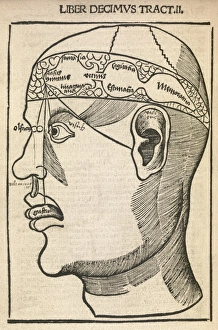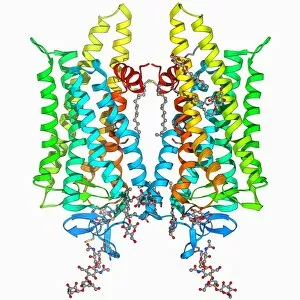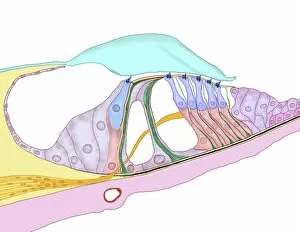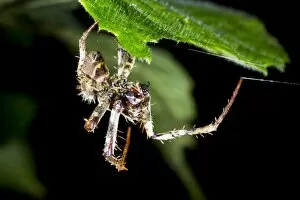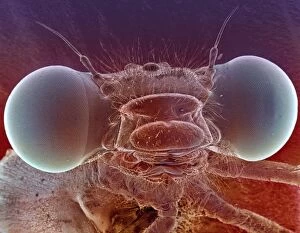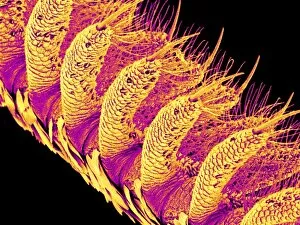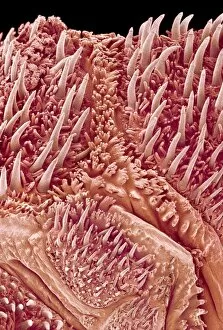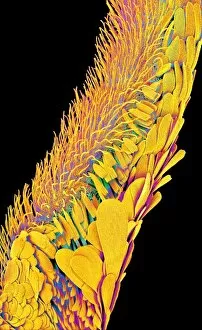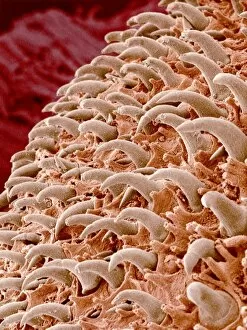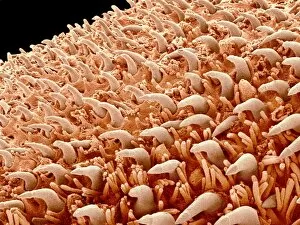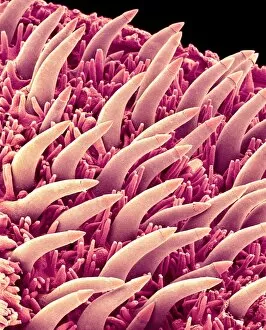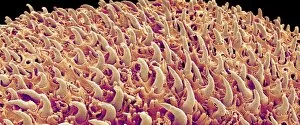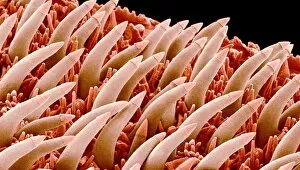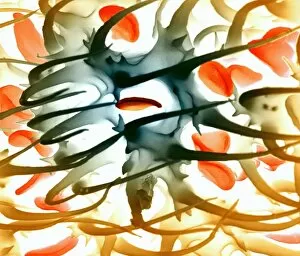Sense Collection (#7)
"Exploring the Multifaceted World of Sense
All Professionally Made to Order for Quick Shipping
"Exploring the Multifaceted World of Sense: From Motor and Sensory Homunculi to Austen's Characters" In our quest to understand the intricate workings of human perception, we delve into a realm where senses intertwine with art, literature, and science. The concept of "sense" goes beyond mere physicality; it encompasses emotions, intellect, and intuition. From the motor and sensory homunculi that map out our brain's representation of our body parts to Jane Austen's iconic characters in "Sense and Sensibility, " we witness how sense shapes our understanding of ourselves and others. Just as Elinor Dashwood navigates her world guided by reason while Marianne Brandon follows her heart, we too grapple with finding the right balance between logic and emotion. At the University of Oxford's College, scholars have long pondered over Descartes' optics theory from the 17th century. They explore how light interacts with our eyes' intricate anatomy through mesmerizing artwork that captures both its beauty and complexity. Meanwhile, at St Davids College in Lampeter, Cardiganshire, a different kind of engraving adorns its walls – one that depicts Ruthin Castle in Denbighshire. This juxtaposition reminds us that sense is not limited to intellectual pursuits but also embraces nature's grandeur. As we zoom closer into this captivating world of perception, an electron microscope reveals astonishing details about a moth proboscis. Its delicate structure serves as a reminder that even seemingly insignificant creatures possess their own unique ways of sensing their environment. Beyond literature or scientific exploration lies Washington D. C. 's Senate Chamber within Capitol Hill—a place where decisions are made based on political acumen rather than personal sentiments. Here again, sense takes on new dimensions as power dynamics shape collective choices for better or worse. Finally, Eastern Geelong bathes in vibrant colors captured by a photograph—reminding us that they are be a visual feast, evoking emotions and memories with every hue.


